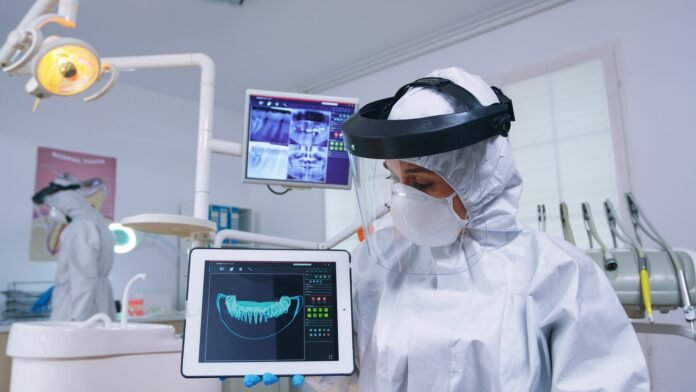Introduction
Anesthesia tech are vital members of the surgical and medical team, responsible for assisting anesthesiologists in the preparation and delivery of anesthesia during surgical procedures. Though often working behind the scenes, their role is critical in ensuring patient safety, smooth workflow in the operating room, and the proper functioning of anesthesia equipment. These professionals combine technical knowledge, attention to detail, and patient care skills to support complex procedures. As healthcare becomes increasingly reliant on specialized support staff, the demand for skilled anesthesia techs continues to grow.
1. What Does an Anesthesia Technician Do?
An anesthesia technician’s duties are centered around assisting anesthesiologists and nurse anesthetists in the safe and effective delivery of anesthesia. Their responsibilities begin before surgery and extend into the recovery phase. Prior to a procedure, techs are responsible for setting up, calibrating, and testing anesthesia machines and related equipment, such as ventilators, infusion pumps, and patient monitors. They also prepare necessary medications, organize supplies, and ensure that sterile protocols are followed. During surgery, they may assist in positioning patients, securing airways, or monitoring vital signs, all while staying alert to the needs of the anesthesiologist. After the procedure, techs are involved in cleaning and restocking equipment, maintaining logs, and preparing for the next case. Their support allows the anesthesia team to focus on patient care without distraction.
2. Education and Training Requirements
To become an anesthesia technician, one typically needs a high school diploma followed by specialized training, which may be obtained through a formal certification program or an associate degree in anesthesia technology. These programs usually cover subjects like anatomy, pharmacology, medical terminology, and the principles of anesthesia. In addition to classroom education, students are expected to complete clinical rotations or internships in hospitals or surgical centers, where they gain hands-on experience with real patients and equipment. Certification is not always mandatory, but obtaining credentials from organizations such as the American Society of Anesthesia Technologists and Technicians (ASATT) significantly improves job prospects and credibility. Continued education is essential in this field, as anesthesia practices and technologies evolve over time.
3. Skills and Qualities Needed
An effective anesthesia technician must possess a strong set of both technical and interpersonal skills. On the technical side, they need a deep understanding of anesthesia equipment, monitoring systems, and sterilization procedures. They must be meticulous and precise, as even a minor error in equipment setup could have serious consequences. Communication and teamwork are also critical since techs work closely with surgeons, anesthesiologists, and nursing staff. The ability to stay calm under pressure, especially during emergencies or in fast-paced operating rooms, is essential. Empathy and patient care skills are equally important, as anesthesia techs may need to interact with patients who are nervous or unwell before surgery.
4. Work Environment and Challenges
Anesthesia tech work primarily in hospitals, outpatient surgical centers, and specialty clinics. Their work environment is often high-stress and fast-paced, especially in trauma centers or during emergency surgeries. Long shifts, standing for extended periods, and being on-call during nights, weekends, or holidays are common challenges in this profession. Additionally, the job demands mental sharpness and physical stamina. They must be prepared to handle complex situations and respond quickly if anesthesia complications arise. Despite the challenges, many anesthesia techs find the role rewarding, especially because their behind-the-scenes contributions directly impact patient outcomes.
5. Career Outlook and Advancement Opportunities
The career outlook for anesthesia tech is promising due to the increasing number of surgeries and the growing complexity of surgical care. As the healthcare industry expands and modernizes, so does the need for trained professionals to support anesthesia services. Experienced techs may advance by becoming certified technologists, moving into supervisory roles, or transitioning into related fields such as biomedical equipment support or surgical assisting. Some also choose to pursue further education to become nurse anesthetists or anesthesiologist assistants. With dedication, continuing education, and hands-on experience, there is significant room for growth in this field.


